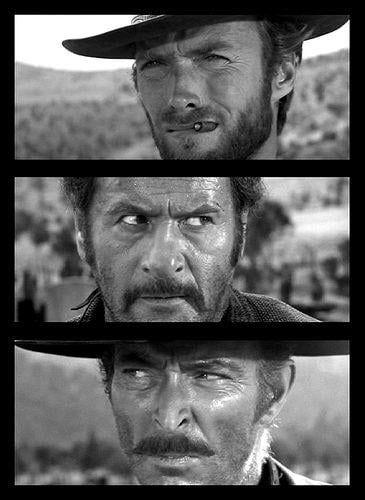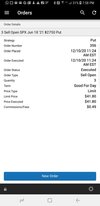- Joined
- Jul 27, 2011
- Messages
- 2,257
- Reaction score
- 2,922
In the process of moving cities and figuring out what a future job looks like:
Talking to a very large university hospital for their community sites - not their big top tier EM academic site.
Since this hospital system has some 10+ hospital systems, I can vary up my practice setting.
Option A: Full time at a 7k-8k volume shop. Have a great relaxing job. Lose my skill set over time and slowly not remain comfortable with volume, and maybe even acuity. But probably will be able to sleep most nights during a 24 hour shift, feel very relaxed, and ironically make more money than their busy sites.
Option B: Work 5 24s at the low volume place, and mix it with their busy level 2 community shop and do 4 x 8 hour shifts, very high acuity, maintain skill set and comfort with volume and critical patients. Unfortunately take a 20k paycut compared to the other option. I'll also end up working more days because of the 8 hour shifts instead of the 24s or 12s.
So...do we really lose skillset if we're at a low volume place? Am I killing future job prospects being at a very slow place exclusively? I mean...it's very tempting to see 20 patients in 24 hours and make ~ 240/patient seen roughly.
Talking to a very large university hospital for their community sites - not their big top tier EM academic site.
Since this hospital system has some 10+ hospital systems, I can vary up my practice setting.
Option A: Full time at a 7k-8k volume shop. Have a great relaxing job. Lose my skill set over time and slowly not remain comfortable with volume, and maybe even acuity. But probably will be able to sleep most nights during a 24 hour shift, feel very relaxed, and ironically make more money than their busy sites.
Option B: Work 5 24s at the low volume place, and mix it with their busy level 2 community shop and do 4 x 8 hour shifts, very high acuity, maintain skill set and comfort with volume and critical patients. Unfortunately take a 20k paycut compared to the other option. I'll also end up working more days because of the 8 hour shifts instead of the 24s or 12s.
So...do we really lose skillset if we're at a low volume place? Am I killing future job prospects being at a very slow place exclusively? I mean...it's very tempting to see 20 patients in 24 hours and make ~ 240/patient seen roughly.



